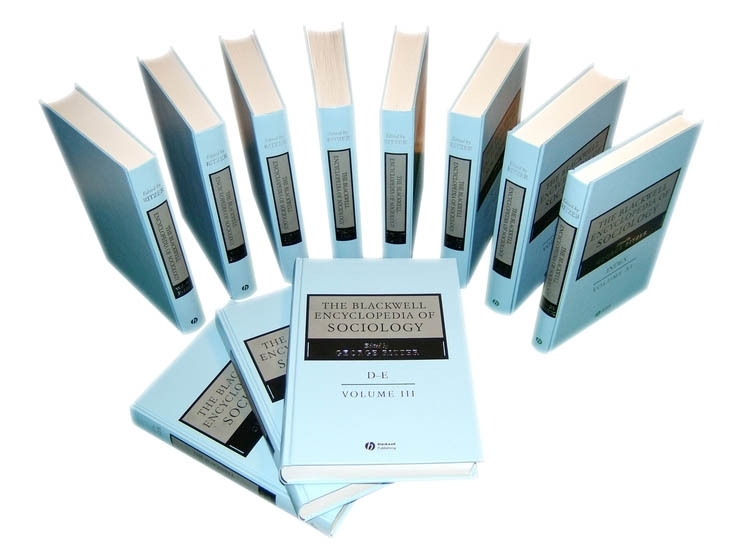Consumption and Intellectual Property
Abstract
Consumption does not just refer to using something up. It also refers to purchase of goods. However, nonrivalrous informational goods (intangibles) can circulate freely on today's global digital networks, undoing both senses of the term consumption. Intellectual property (IP) protection is designed to maintain scarcity in intangibles, and hence of maintaining scope for price and thereby profit. This entry examines six primary forms of IP: copyright, design rights, geographical indication, patent, trademark, and traditional knowledge. Intellectual property rights do not protect consumers nor incentivize quality or novelty. Neither, thankfully, in today's global network society does IP prevent infringement, as free downloads, knock-off brand goods, and generic medicines circulate widely. Rather IP creates monopoly prices and those willing and able to pay these prices gain status from doing so.



